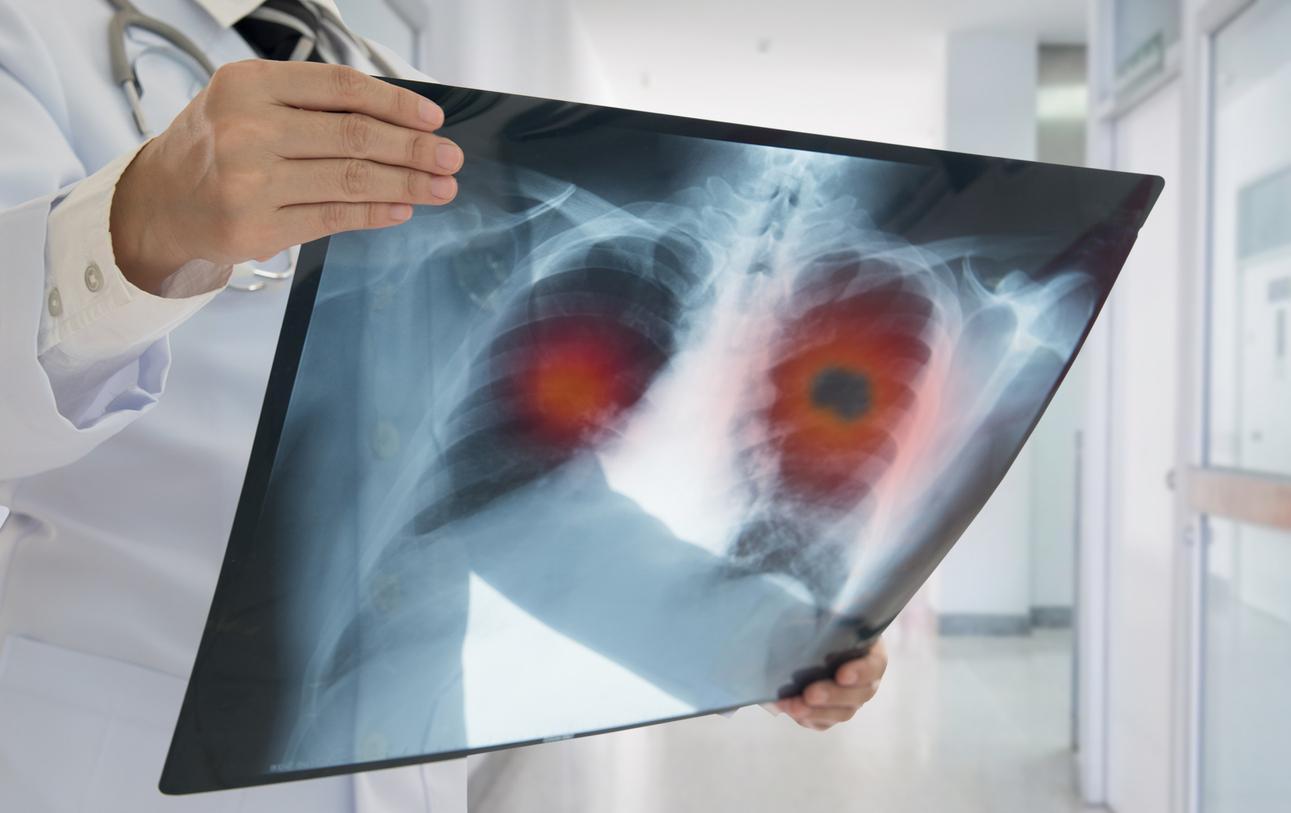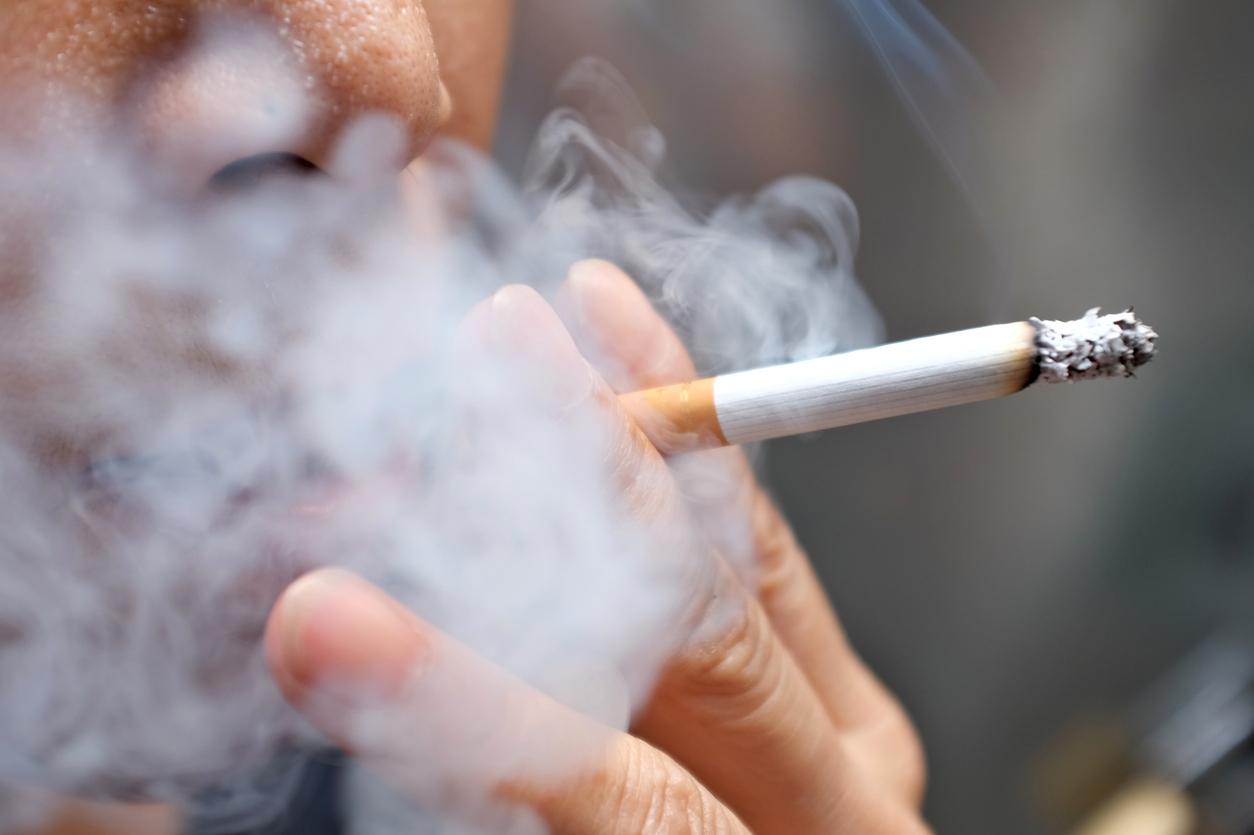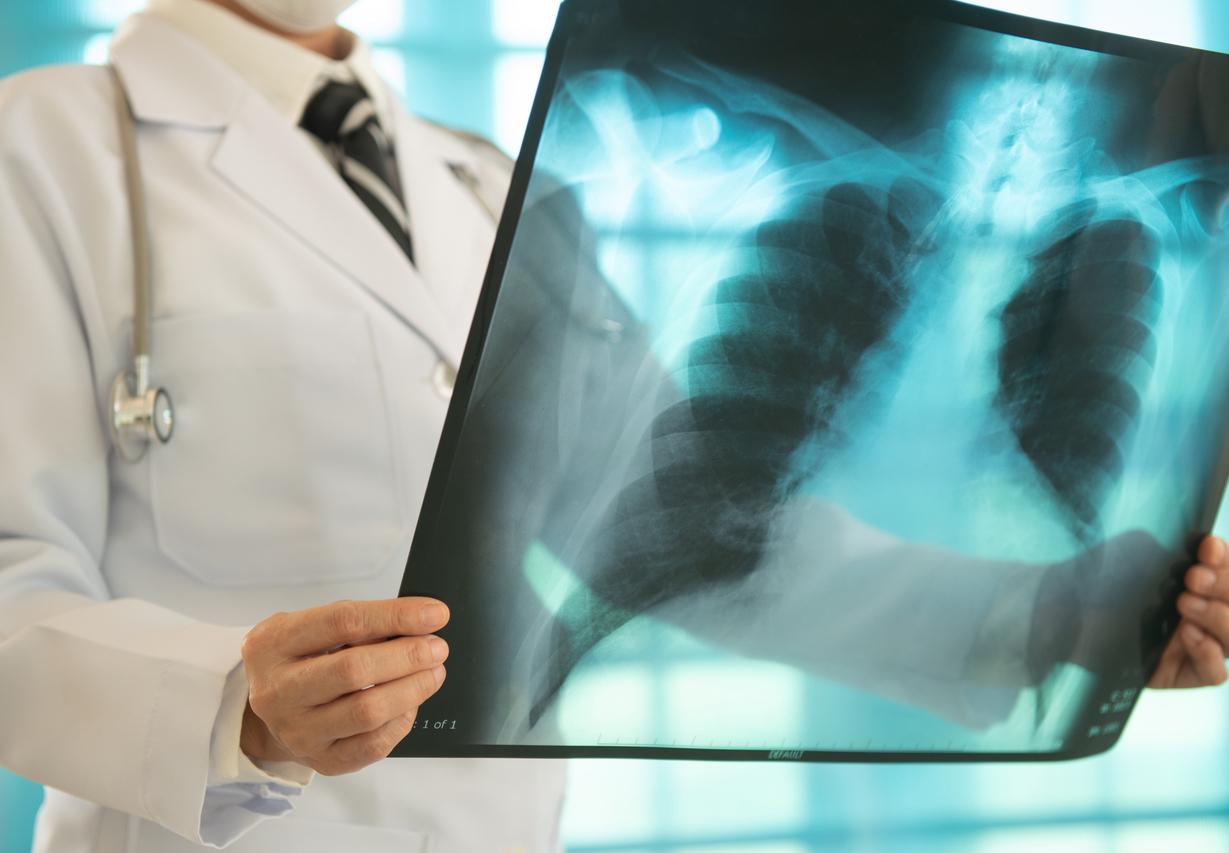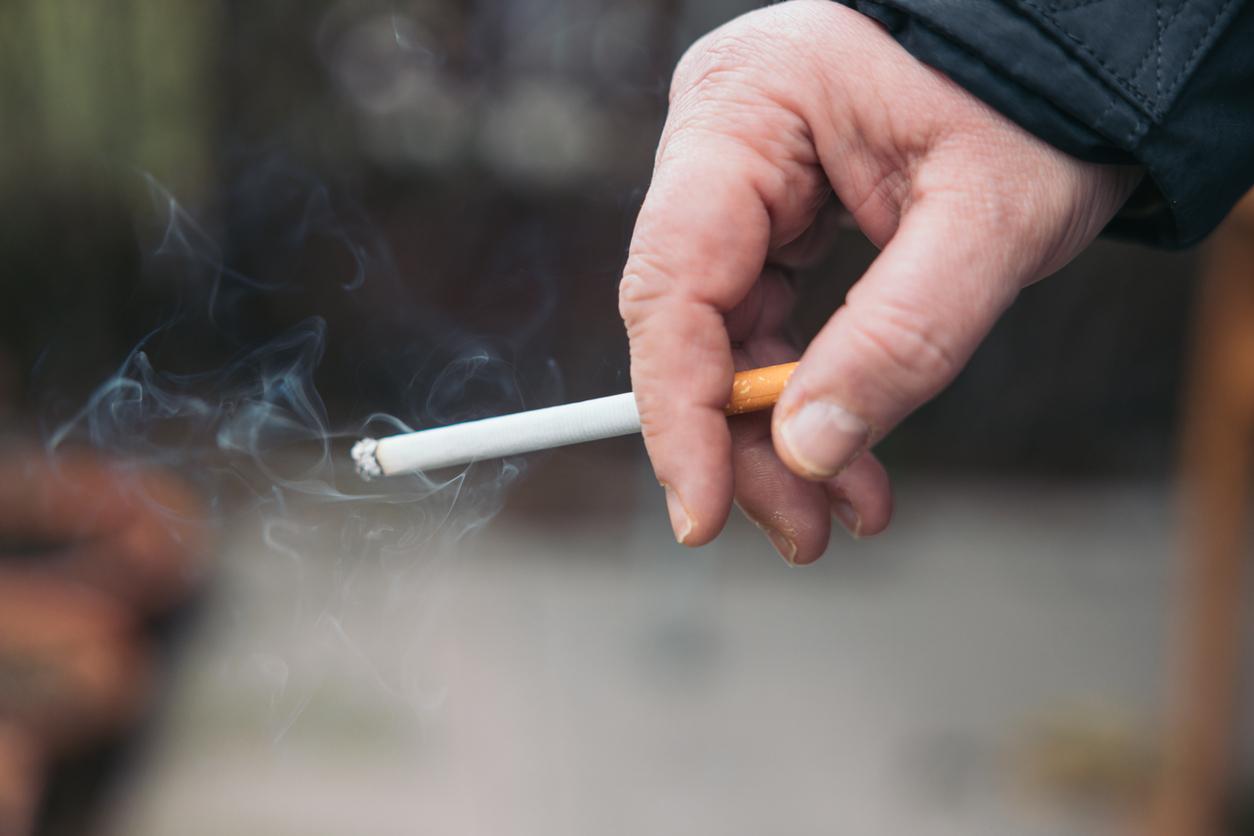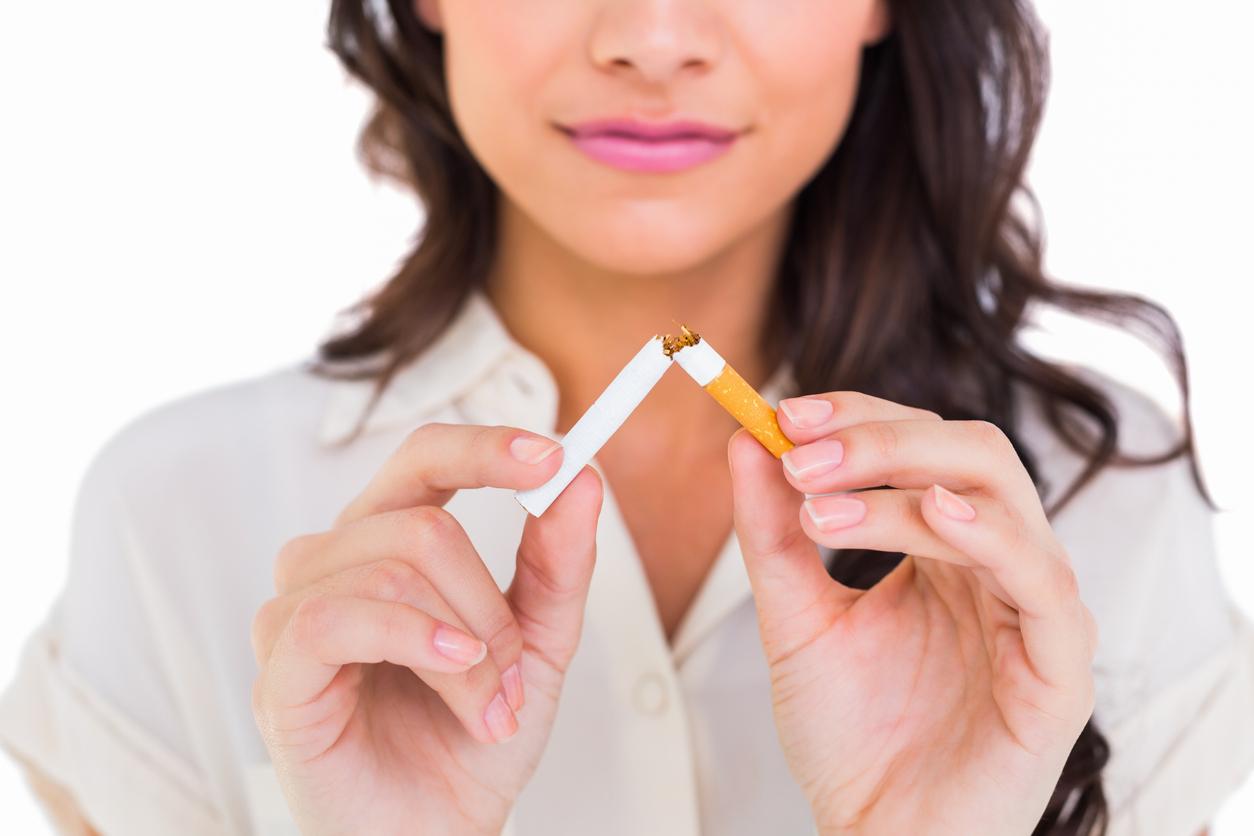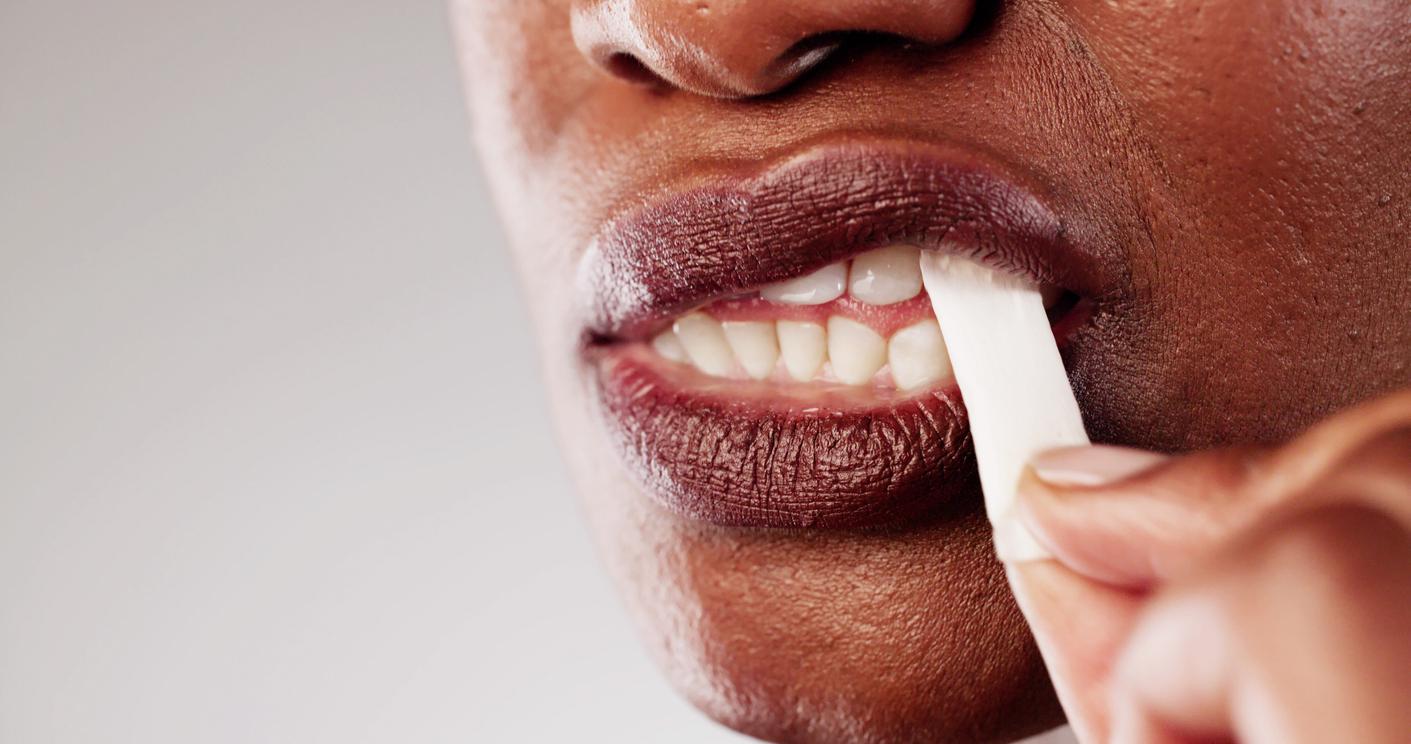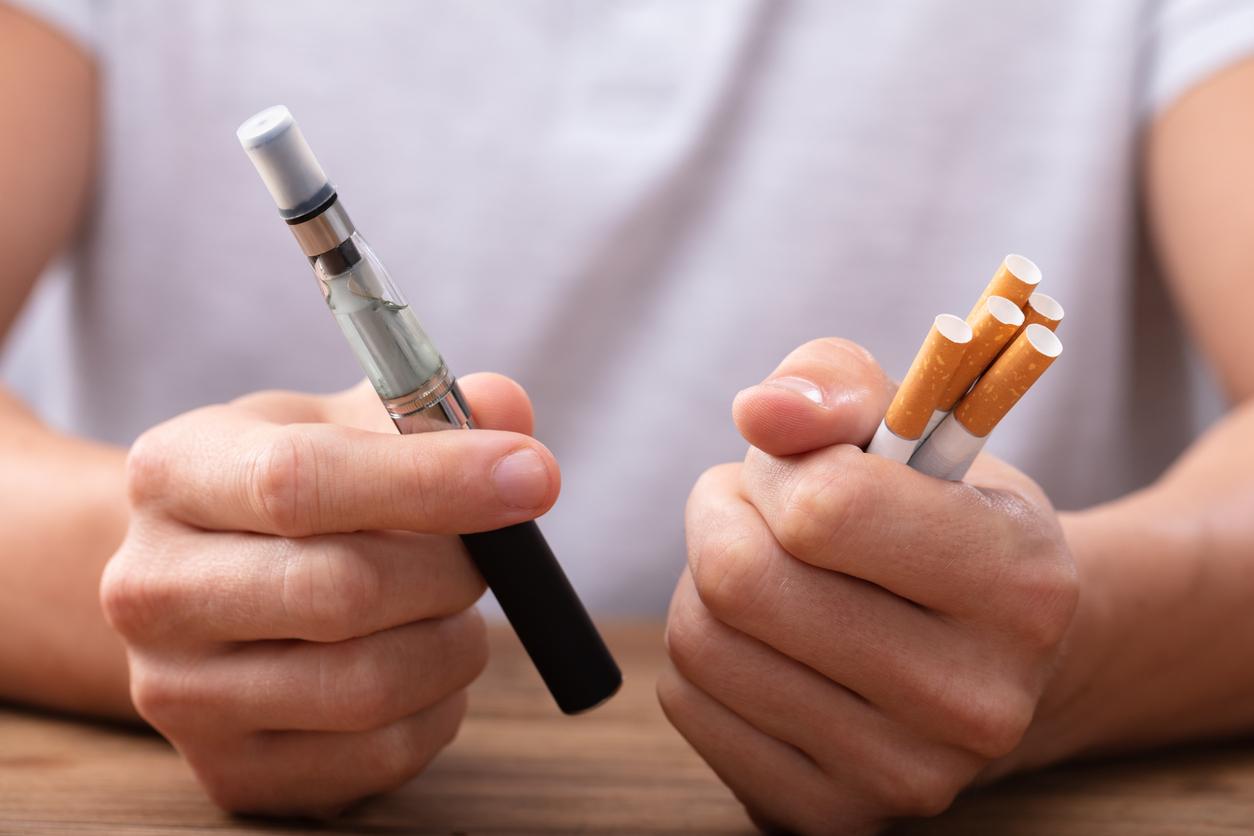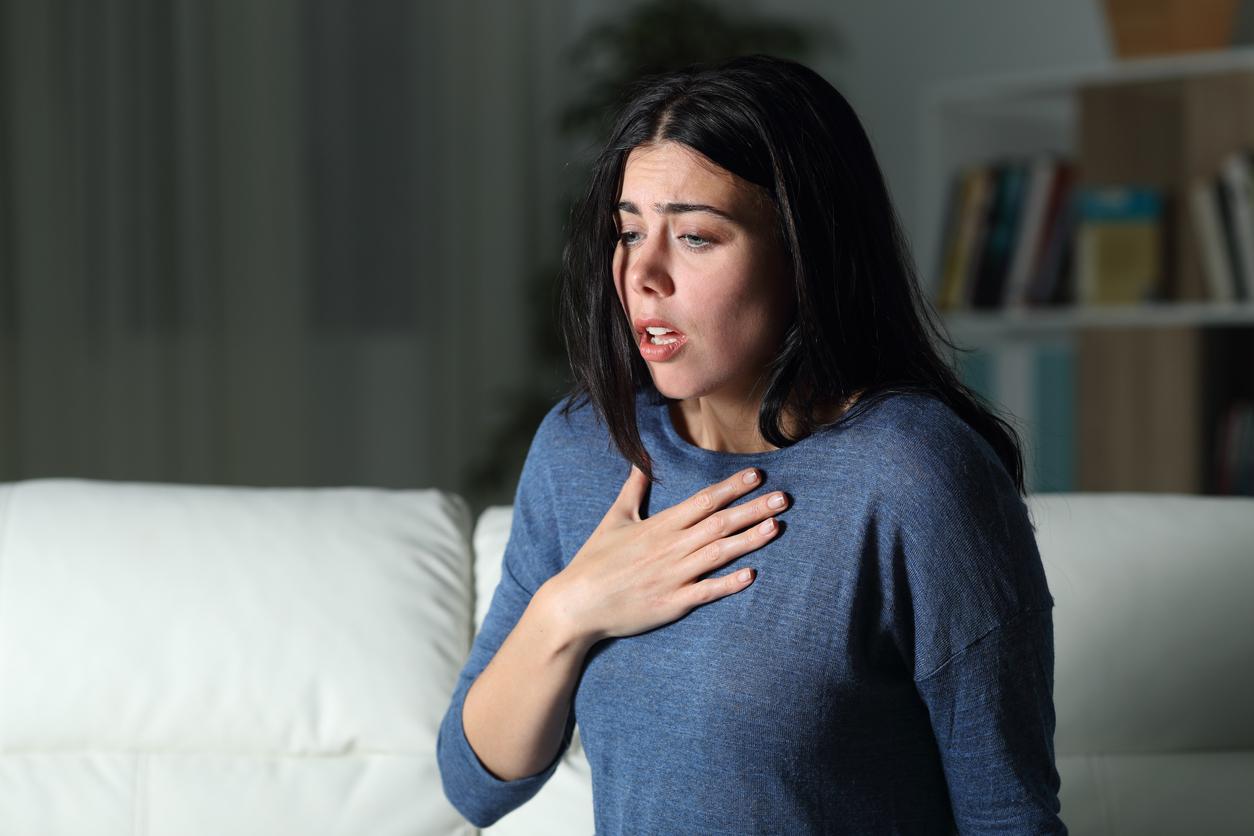An American nurse filmed the lungs of a deceased smoker, who smoked a pack of cigarettes a day for 20 years. The images show the harmful effects of tobacco on the elasticity of the lungs and help to understand why smokers run out of breath faster.
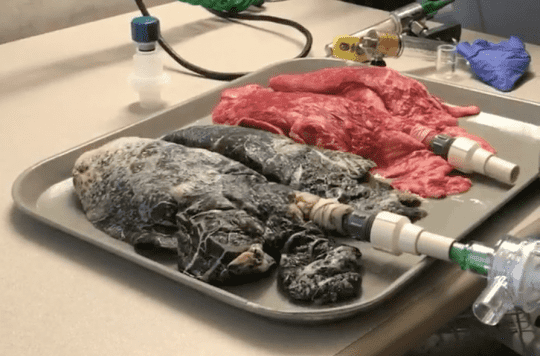
Black lungs, as if charred, the image is shocking. This is the state of the lungs of a man who smoked a pack of cigarettes a day for 20 years. These images were shot by Amanda Keller, a nurse in North Carolina in the United States.
Next to the lungs of the smoker are those of a healthy person. During the video, the nurse inflates the lungs with a pump. Those of the smoker are much less elastic than healthy lungs, so they deflate much faster. These images help to understand why smokers run out of steam faster.
3.5 million French people with COPD
The deceased smoker had chronic obstructive pulmonary disease (COPD). That is to say, an inflammation of the airways, including the bronchi, which leads to thickening of the walls and hypersecretion of mucus. As the disease progresses, the pulmonary alveoli are destroyed. This ends up causing discomfort during breathing.
This disease is the 4th leading cause of death in the world. 3.5 million people are said to be affected in France, but two-thirds are unaware of it. Many people think that for a smoker, it is normal to cough in the morning: it is the “smoker’s cough”. In fact, this cough can be a sign of COPD. If it is not detected and treated in time, it will shrink the caliber of the bronchi. A degradation that is irreversible. As recalled Inserm, there is no cure for COPD, only slowing the progression of the disease, and sometimes reversing certain symptoms.
What is the treatment for COPD?
After a diagnosis of COPD, the first step is to stop smoking and interrupt occupational exposure to toxic substances that promote the disease. This measure is effective on the evolution at all stages of the disease, from the mildest to the most severe. The drug management is based on the use of inhaled drugs to dilate the airways and improve air flow: “bronchodilators”. These can be of different types (cholinergic or beta-2 mimetic) and they can have a short or a long duration of action. These treatments are indicated as soon as there is shortness of breath. Bronchodilators can be combined with corticosteroids to reduce local bronchial inflammation in cases of repeated exacerbations and severe respiratory discomfort.
Antibiotics are used during episodes of secondary bronchial infection which manifests as a change in the sputum which becomes purulent. In the most severe cases of COPD with chronic respiratory failure, “oxygen therapy” to provide supplemental oxygen for at least 15 hours a day. Oxygen therapy has been shown to be effective in improving survival. It can be supplemented by a “ventilation”.
Respiratory rehabilitation is useful for all patients suffering from exercise intolerance and limitation of their daily activities: this is generally the case from stage II of the severity of the disease.
Rehabilitation is based on a multidisciplinary approach, including respiratory physiotherapy and exercise re-training through the progressive development of muscular exercise (endurance and strengthening of peripheral muscles, balance, posture). Therapeutic education (smoking cessation, therapeutic compliance, methods of taking inhaled treatments, nutritional balance, management of exacerbations, etc.) is systematically associated with it.
17,000 deaths each year in France
To diagnose COPD, you need to do a spirometer test. It consists of blowing in a small device. It is the doctor who can then redirect you to a pulmonologist who will make the final diagnosis of COPD using other instruments. The number of COPD-related deaths in France is estimated at 17,000 each year. In 8 out of 10 cases, tobacco is responsible.

.







